
Through our work at Natural Footgear, we frequently come into contact with older individuals who are wondering about this very question. In most cases, these folks have worn conventional footwear for many decades and are now dealing with deep-seated foot issues, including toe stiffness and misalignment, among other problems, that are challenging to resolve. Many of these people have tried conventional foot care approaches and found that they were unhelpful in addressing the underlying problem or in providing lasting relief for foot pain and discomfort, and they find us when searching online for new and novel approaches to foot care and foot health or in an attempt to avoid undergoing foot surgery.
To those of you who are wondering if it might be too late to start working on your feet (i.e., to those of you who fear that your feet are “too far gone”) I say this: While it’s true that ingrained foot problems can be challenging to treat, and that, in some cases, full and complete foot rehabilitation may not be possible, almost always there is something noninvasive that can be done to improve the situation. In fact, in most cases, there is a lot that can be done to help restore foot form and function and reduce or eliminate foot pain or discomfort. Those who are willing to put some time and effort into strengthening and rehabilitating their feet will undoubtedly make foot health gains using the tools and techniques that we discuss in greater detail in this post from our Educational Articles blog.
Indeed, almost all sets of feet, regardless of age or current condition, can become stronger and more resilient if worked properly and with the right amount of care and consideration. For most older people, as well as for those who have entrenched foot problems or who have undergone one or more foot surgeries, the foot rehabilitation process may be slower, more patience and diligence may be required, and the results or changes in foot form and function may be less obvious, but plenty of beneficial foot adaptations are still possible even in these situations. Making the switch from conventional footwear to more foot-healthy models is an important step in this process and, along with adopting corrective toe spacers and other helpful footgear, can help get your feet (and overall musculoskeletal system) back on the path to health and provide your body with the solid foundation it needs.
Some may ask: Are there certain people for whom there is just no possibility of improvement through the application of natural foot care approaches? In our experience, we have found that, apart from those who are simply unwilling to change their footwear (for whom the likelihood of foot improvement is almost zero), there are few, if any, individuals who cannot enjoy at least some degree of favorable return from adopting the foundational concepts of natural foot health. We put this same question to Dr. Ray McClanahan—renowned sports podiatrist, the inventor of Correct Toes, and a leader in the field of natural foot care—to draw upon his many years of practice in this discipline and get his take on it, and here is what he said:
I cannot think of a single person or medical condition that has no possibility for improvement through the application of natural foot care approaches. I have seen certain bunions and arthritic joints that do not have sufficient flexibility to be able to wear Correct Toes, but these individuals can still benefit from the many other positive applications of natural foot health principles, such as footwear changes, foot strengthening exercises, proprioceptive training, etc.
Even if complete foot rehabilitation never occurs, adopting natural foot care approaches offers most sets of feet the possibility of improved foot function and can help prevent new foot problems from occurring. If you’re older or struggling to address a longstanding foot problem, take heart in the fact that, in many cases, you don’t need to have perfectly aligned toes in order to make significant gains in terms of your gait, balance, circulation, foot function, and pain levels; in other words, even small amounts of progress can make a big difference in foot (and musculoskeletal) health that compounds over time. It’s true that starting the foot and toe rehabilitation process early is always better and that prevention is great, but much can still be accomplished even later in life (or deeper into a condition) to improve your feet and ensure that you can continue participating in your cherished leisure activities. So, while the best time to begin working on your feet may have been 10, 20, or 30 years ago (or even further into the past), the second best time, certainly, is right now!
A special thank you to Ray McClanahan, DPM, for sharing his experience and insight on this important topic.

WANT TO IMPROVE YOUR FOOT HEALTH?
Let the team at Natural Footgear help you! Subscribe to our newsletter for the latest offers and helpful info, and sign up for our FREE email courses on various topics and foot health conditions.
Sign Up →
Want to Improve Your Foot Health?
We are here to help you every step of the way. Get our newsletter for the latest offers and helpful info, and sign up for our FREE email courses on various topics and conditions, including bunions, hammertoes, neuromas, plantar fasciosis, shin splints, ingrown toenails, and more.
Sign Up →
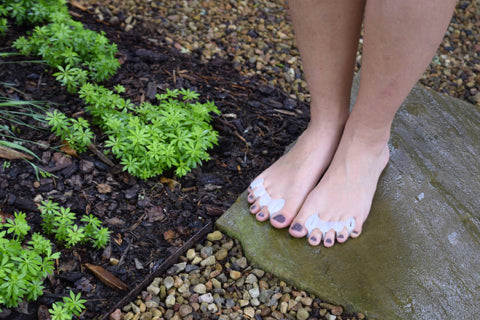 We find that most people, most of the time, experience some immediate relief, with continued positive musculoskeletal health benefits occurring over months and years. Of course, results may be different for different people, and the direct and indirect health benefits of Correct Toes depends on many factors, including your age, your tissue mobility, how frequently you use your Correct Toes toe spacers, your physical activity level, and how often you...
Read more
We find that most people, most of the time, experience some immediate relief, with continued positive musculoskeletal health benefits occurring over months and years. Of course, results may be different for different people, and the direct and indirect health benefits of Correct Toes depends on many factors, including your age, your tissue mobility, how frequently you use your Correct Toes toe spacers, your physical activity level, and how often you...
Read more



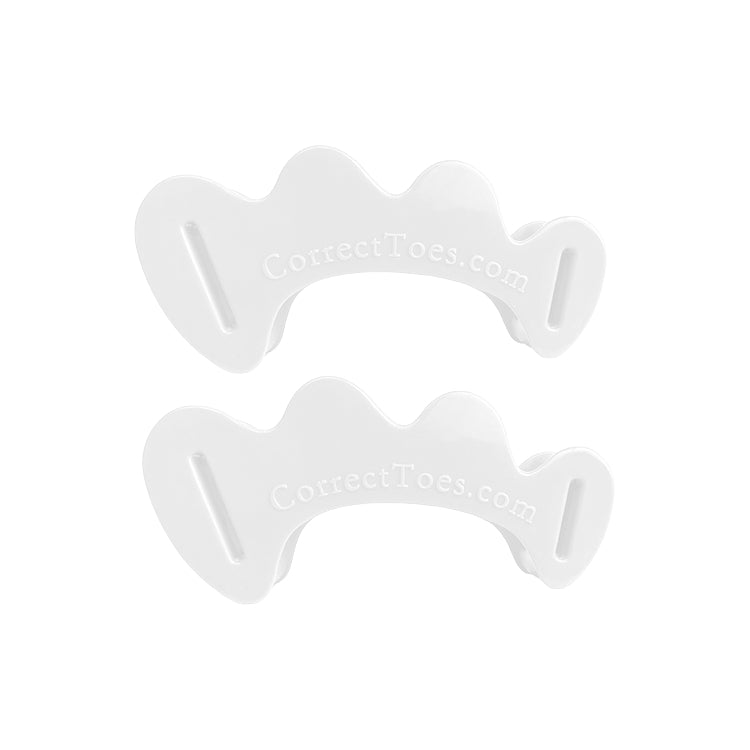
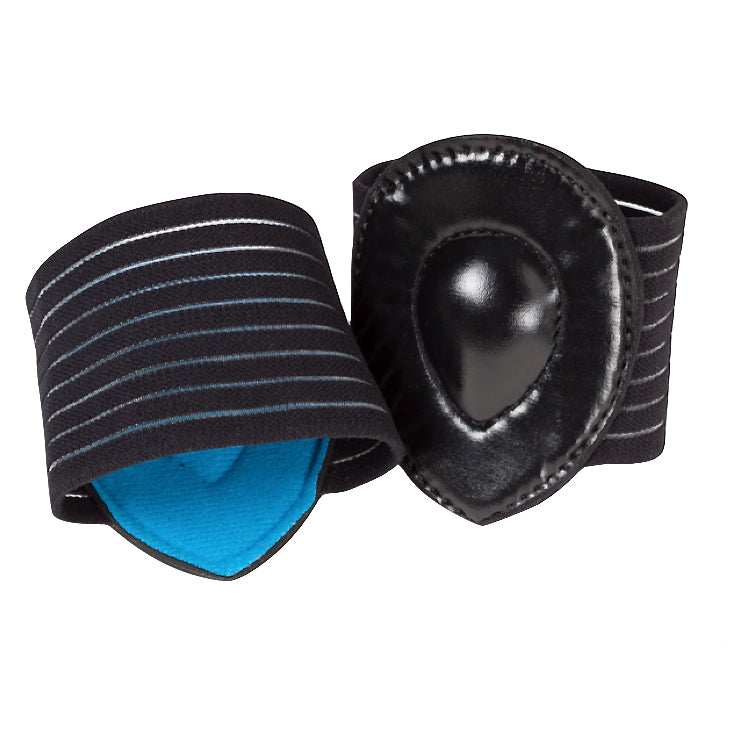
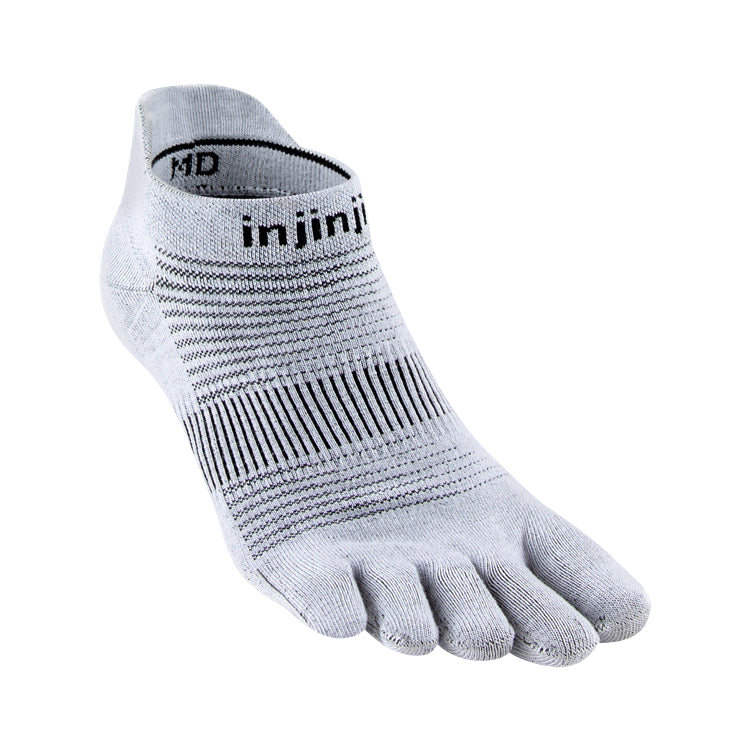
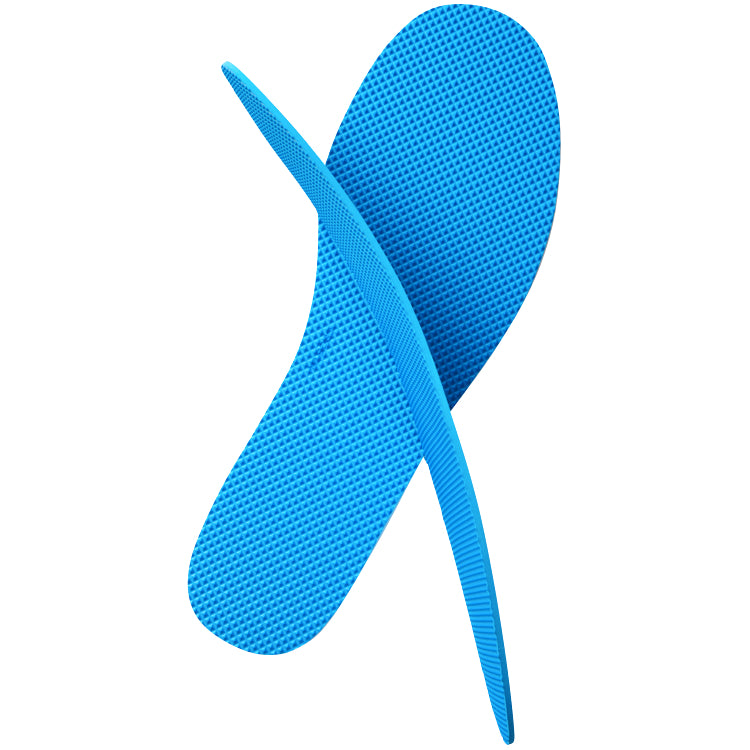

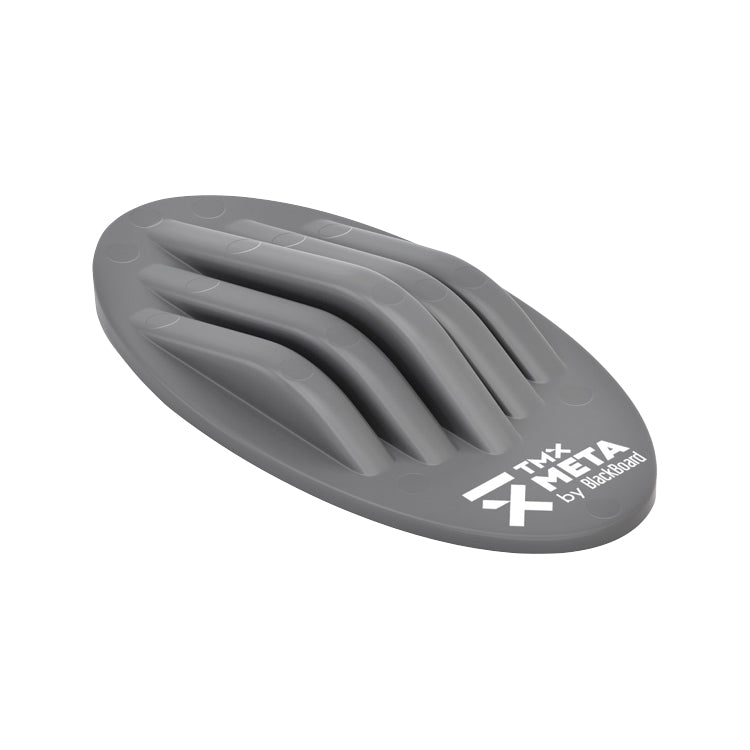
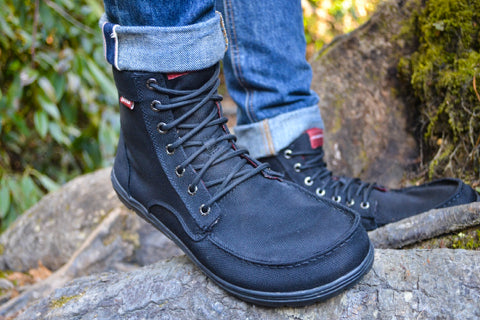
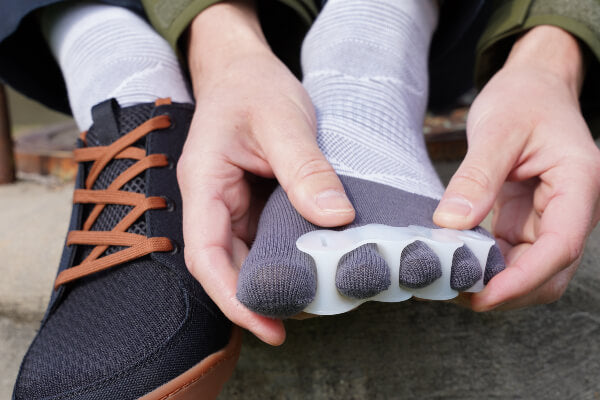
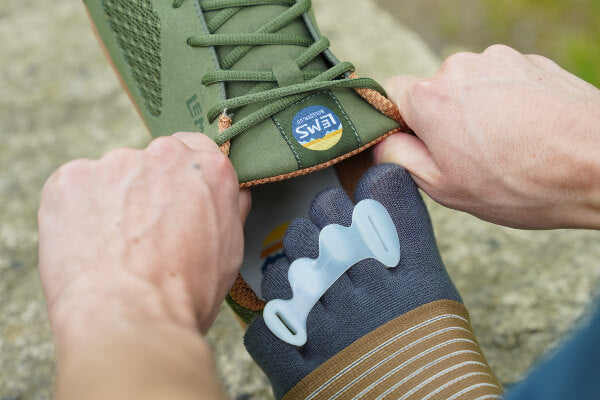
I am a 68-year-old female. I have a hammertoe, bunions, and a callus on the bottom of my foot. If a person has osteopenia or osteoporosis, should they be wearing Correct Toes and doing the exercises in these videos?
www.naturalfootgear.com/blogs/educational-articles/top-exercises-for-feet-toes
Thanks!
Hi, CM,
Thank you for your question. The exercises demonstrated in those videos you linked to should all be helpful, unless you’re not able to flex your metatarsophalangeal (MTP) joints. If you’re not able to flex your MTP joints, then you’ll not likely benefit from foot strengthening exercises until you’ve developed more mobility by performing the Toe Extensor Stretch:
www.naturalfootgear.com/blogs/educational-articles/toe-extensor-stretch
In general, there are no clear contraindications in those with osteopenia or osteoporosis for doing foot strengthening exercises (though you’ll want to avoid doing too much, too soon). On the contrary, in fact: Foot strengthening exercises may be beneficial in slowing bone loss in the feet and lower legs.
I hope this info helps!
Kind regards,
Marty Hughes, DC
I’m 84 years old and have a Morton’s neuroma in both feet. Are there any natural therapies to help reduce my symptoms?
Hi, Joan. First, we’re truly sorry to hear that you’re experiencing discomfort from Morton’s neuromas in both of your feet, especially at 84 years old. It’s wonderful that you’re actively seeking ways to alleviate your symptoms and improve your quality of life, though. While we’re not able to comment on your specific case without the benefit of a full health history interview and physical examination, we can offer some general suggestions on natural and non-invasive approaches to neuromas that we’ve found to be helpful for others in the past.
By way of background, a neuroma is an often painful enlargement of one of the body’s nerves. Though neuromas can develop in any part of the body, they most commonly occur in the foot, usually in one of the intermetatarsal nerves (i.e., the nerves that run between the metatarsal bones). Morton’s neuromas, specifically, are neuromas that develop between the third and fourth metatarsal bones—the most frequent location for neuroma formation in the foot. This problem is caused by the long-term use of footwear that, through its injurious design, both stretches and pinches the affected nerve.
Here are some non-surgical strategies and therapies that have, in our experience, helped address Morton’s neuromas (in people of all ages):
Foot-Healthy Footwear: Choosing the right footwear is crucial. Look for shoes or boots that provide adequate space for your toes and have a sufficiently wide toe box to enable optimal toe splay. Avoid heeled footwear and shoes with toe spring, favoring footwear that has a completely flat and flexible sole instead. We have found that shoes designed to promote natural foot function work best in reducing neuroma-related symptoms and, ultimately, in correcting the problem (and preventing future recurrences).
Correct Toes & Other Helpful Footgear: Correct Toes toe spacers are an extremely helpful foot health tool for eliminating the pinch forces that contribute to Morton’s neuromas. A metatarsal pad is another helpful tool for relieving (or reducing) Morton’s neuroma symptoms. A metatarsal pad will help spread the metatarsal bones and reduce focal pressure on the affected intermetatarsal nerve as it travels through the ball of the foot. Injinji toe socks can also play a helpful supporting role in the natural approach to healing a Morton’s neuroma.
Physical Therapy & Home-Care Exercises: A physical therapist can guide you through exercises and stretches designed to improve the strength and flexibility of your feet, potentially reducing neuroma-related pain. Gentle foot exercises, such as toe spreading (i.e., actively splaying your toes and/or slotting your fingers between your toes), mobilization of the metatarsal bones, and the Toe Extensor Stretch, are all simple things that you can do on your own to help improve foot function and address neuromas. A variety of foot training tools can also be helpful in this regard. We’ve found that BlackBoard training products, in particular, can be used to help reduce discomfort and restore balance in the foot.
Massage Therapy: Massage therapy is another natural approach that can stimulate blood flow to the foot and improve the ability of the affected nerve to function properly. It will also break up adhesions and knots in the connective tissue of the foot. While self-massage can yield benefits and progress in many cases, it’s often best to work with a licensed professional who is experienced in treating neuromas and other foot problems. If the massage is performed incorrectly, it may further aggravate the nerve and be counterproductive.
Anti-Inflammatory Measures & Supplements: Some people find relief with anti-inflammatory treatments like turmeric supplements or topical arnica creams. Turmeric, which is commonly used in Ayurvedic medicine, possesses antioxidant and neuroprotective properties and is helpful in reducing inflammation. Arnica, which has been used for hundreds of years to help reduce inflammation, can be applied to the skin as a cream, ointment, liniment, or salve. Alpha-lipoic acid (ALA) is another natural agent that may be helpful in reducing nerve-related pain or discomfort. We recommend consulting your healthcare provider before starting any new supplements or treatments.
Professional Consultation: Ultimately, it’s important to consult a foot care professional who can provide you with a personalized treatment plan tailored to your specific needs. This could be a chiropractor, naturopath, physical therapist, or naturally-minded podiatrist. In some cases, conventional treatment, such as corticosteroid injections or more potent oral anti-inflammatory medications, may be warranted—it all depends on the unique circumstances surrounding your particular case.
It’s also important to keep in mind that what works for one person may not work for another, and that it may take some time (and testing) to find the combination of approaches that work best for you. Always seek advice from a foot care professional to ensure your chosen therapies align with your individual needs and health history. And to learn more about natural approaches to neuromas, we recommend that you check out this post from our blog: www.naturalfootgear.com/blogs/educational-articles/neuromas-natural-foot-health
Your well-being is the top priority, and we hope you find the relief you seek to enjoy a more comfortable and active life!
Yours in Foot Health,
Drs. Marty & Robyn Hughes
I started wearing foot-shaped, minimalist shoes 4.5 years ago, at the age of 59. I had preserved my natural foot shape pretty well by wearing Birkenstocks and going barefoot as often as possible. But I still developed neuromas and plantar fasciosis, probably because the thick, stiff soles of the Birks prevented full, natural foot movement. I had significant foot pain for several years before I discovered minimalist foot-shaped shoes. When I switched to very flexible minimalist soles (soles no more than 6 mm thick), it took only two weeks for the neuroma pain to disappear forever. I have also never suffered another bout of plantar fasciosis, although it has plagued me off and on for years. I can’t comment on Correct Toes because I didn’t really need them. My toes were always quite spread, to the point of making it impossible for me to fit into most conventional shoes. As soon as I found minimalist shoes that were shaped like my natural feet, my feet became very happy and strong. They actually got thicker from the muscular development that happened once they could move freely when I walked.
Greetings, Karen! Thank you for your comment, and thank you for sharing your experience. I’m glad to hear that you are benefiting from healthy-foot-shaped minimalist footwear. I wish you much continued success!
All the best,
Marty Hughes, DC
I started working on my foot issues at the age of 62, so I would say that it’s never too late. After a 2-year bout with plantar fasciitis, I’d had enough. I read Whole Body Barefoot by Katy Bowman and was on my way. I went all-in with Correct Toes, foot strengthening exercises, and zero-drop, foot-healthy shoes. 18 months later, I have no foot issues, and all I wear are foot-healthy shoes. I have 8 pairs of Xero shoes, 2 pairs of Feel Barefoot shoes from Turkey, and Earth Runner and Bedrock sandals. It’s definitely a process, but it’s so worth it. My feet, legs, and body are stronger and pain-free!
Hi, Suzanne,
Thank you for sharing a bit about your experience with foot-healthy footwear and other helpful footgear and natural foot care approaches! We are thrilled to hear that you’re enjoying stronger and pain-free feet, legs, and body. May you continue to enjoy excellent foot and musculoskeletal health in the months and years to come!
Kind regards,
Marty Hughes, DC
At 67, I’m trying to change to foot-shaped shoes. I have not found a brand with adequate room for my big toe, even with sizing up. Some brands even push my big toe inward. In addition, I have not yet found a brand with anywhere near the cushioning I need in the metatarsal area. Do you know of any brands that address these issues? Do you know of foot-shaped, cushioned insoles that would help? I have lost count of how many pairs of shoes and insoles I’ve tried.
Hi, Naomi,
Thank you for your comment. I understand how frustrating it can be to find comfortable shoes with enough room for your big toe. For foot-shaped shoes with roomy toe boxes and a higher degree of cushioning, you might consider trying certain models of Lems, Altra, or Topo Athletic footwear. Also, many people have found that using Bridge Soles can be a helpful way of comfortably making the jump from conventional shoes to more natural footwear. Just a thought!
All the best,
Marty Hughes, DC
Can restoring natural foot form help prevent falls in older adults?
Hi, Sandy. Thank you for your excellent question! Restoring natural foot form—particularly widening the forefoot and reestablishing proper toe alignment—can indeed play a key role in reducing fall risk among older adults. The toes, when given adequate space, act as a stabilizing tripod that enhances balance and proprioception. By reclaiming the natural splay and strength of the forefoot, older individuals are better able to sense subtle changes in terrain and make quick, corrective adjustments. This sensory input, combined with improved muscular engagement, gives the body a more reliable foundation for safe and confident movement.
Beyond alignment, natural foot form also supports more efficient gait mechanics and reduces reliance on external aids such as overly cushioned shoes or rigid orthotics. When the foot can move and adapt as designed, the entire kinetic chain—from ankle to hip—benefits, contributing to steadier walking and more resilient posture. While no single intervention can eliminate fall risk entirely, encouraging natural foot health through appropriate footwear, toe spacers, and progressive strengthening exercises offers a meaningful and proactive way to help older adults maintain independence and stability. We hope this answer helps! Please let us know if you have any further questions.
Yours in Foot Health,
Drs. Marty & Robyn Hughes